- Home
- My Trip Diary
- Trip to Komoro ― Supplement ―
Trip to Komoro ― Supplement ―
- 2017/6/23
- Write comment
Thank you very much for seeing this blog today.
Last time I came up to the front of the gate of “Tenki-san Kougaku-ji”, temple, in the place which seems to be the northern limit of Honmachi’s nostalgic street, and for the time being, the story of Honmachi ended.
This time, I would like to introduce some of the buildings that attracted the manager’s interests in the photographs of Honmachi that I did not post on my previous blog due to the composition of the story.
First of all,
Its name is ”Tengoku-zan Jouju-ji”, in English “Heaven Mountain, (Dreams-)come-true temple”!
I think that the name is so because praying there makes wishes come true.
The commentary board near the gate said, it was originally built the present place as a castle protection against evil spirits and the Name is “Jouju-ji”, maybe in English “temple attached to the castle”.
In 1691 a part of “Jou(castle)ju(attached)” was deleted
and the name became “Jouju(come-true)”.
It is the name that seems to be very auspicious!
If you want to make any wish come true, you may visit here and pray before determination.
Added, the way to the temple is to go to the road next to the “Tenki-zan Kougaku-ji”, which was introduced last time, and turns to the left and walks for a while, you will see it on the right side.
Next is “Soba-kura Chouji-an”.
I considering which one I should enter, but due to easy edition of the article, I entered Soba-shichi.
This shop is also a wonderful shop arrangement that drifts old style.
That is supposed to be, this “Chouji-an”, founded in 1808, it is said that this shop building was built 1885 years.
As you can see the homepage, sake is also properly served, “Asama Dake” and “Asama-Oroshi”, which are brewed in this city, and there is also “Nigori-zake” that Touson Shimazaki loved.
Next time I go to Komoro City, I definitely want to visit.
I’d like to add an article to this page when visiting it.
Further, the photo was taken on a small street entering from the main street, so I think that this another picture will be helpful when going by car etc.
This is a sight that you can see when you are heading north on Route 141.
I introduced “Chouji-an”, soba shop, in the last article and the shop serves “Nigori-zake” that Shimazaki Touson, famous poetry, loved.
In association with Touson Shimazaki, I introduce “Touson’s well”
It is the well, Touson said in a poem, that he recalled first about life in Komoro.
Behind the well, this guide board is.
It said wives used to come to bear water, wash and talk with each other around the well.
This well is in front of the narrow road next to “Soba-Shichi”.
Next, this is “Yamaken-shuzou”
“Yamaken-Shuzou” brews “Suzuran” and “Hime-Yuri” which is located along the street with site of Nabebuta-jou, which was introduced in first article for Komoro.
The introduction board says that this building was built as a station for horses and luggage at the Komoro in the late Edo period, was purchased in 1886 and started to make sake making in 1910.
The date was on Sunday and the shop was closed.
Behind the building, they seems to brew sake.
Going to slightly south, there is “Kyu Komoro Honjin”, in English “old encampment house in Komoro”.
It was assumed to be built in between late 18 century to early 19 century and is important cultural assets of Japan
Going to the east from here,to the Komoro station, there is “Komoro-juku-Honjin-Omoya”, in English “Main house in old encampment house in Komoro”.
In the past, this house was built in next to the Kyu Komoro Honjin, but due to various circumstances, it is here in the park next to the Komoro station.
This is introduction board.
I thought that Komoro city has old buildings is along the Hokkoku-Kaidou and Komoro city itself intentionally preserves the scenery.
There are introduction boards at each building and I felt that Komoro city want visitors to know the city well.
My impression is that Komoro city has calm attraction different from Ueda city, whose attraction is flashy, specialized with “Yukimura Sanada”, super star.
Both city is far from each other and I recommend that when you visit either city, it is better that you visit both.

Comment (0)
No trackbacks yet.













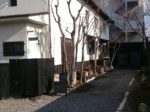
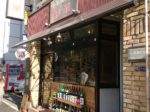
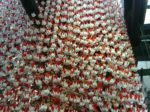
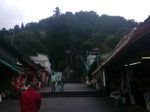
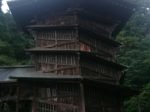
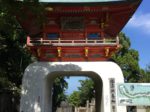
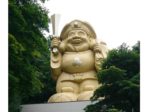
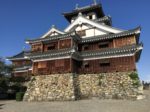
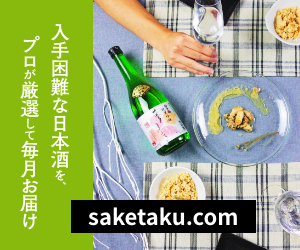
No comments yet.